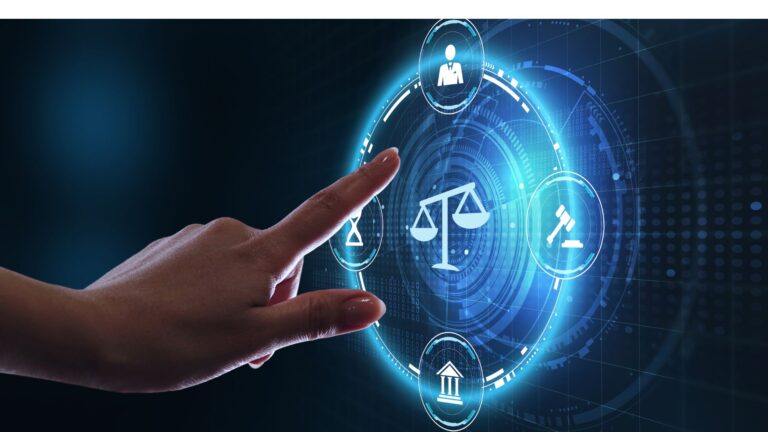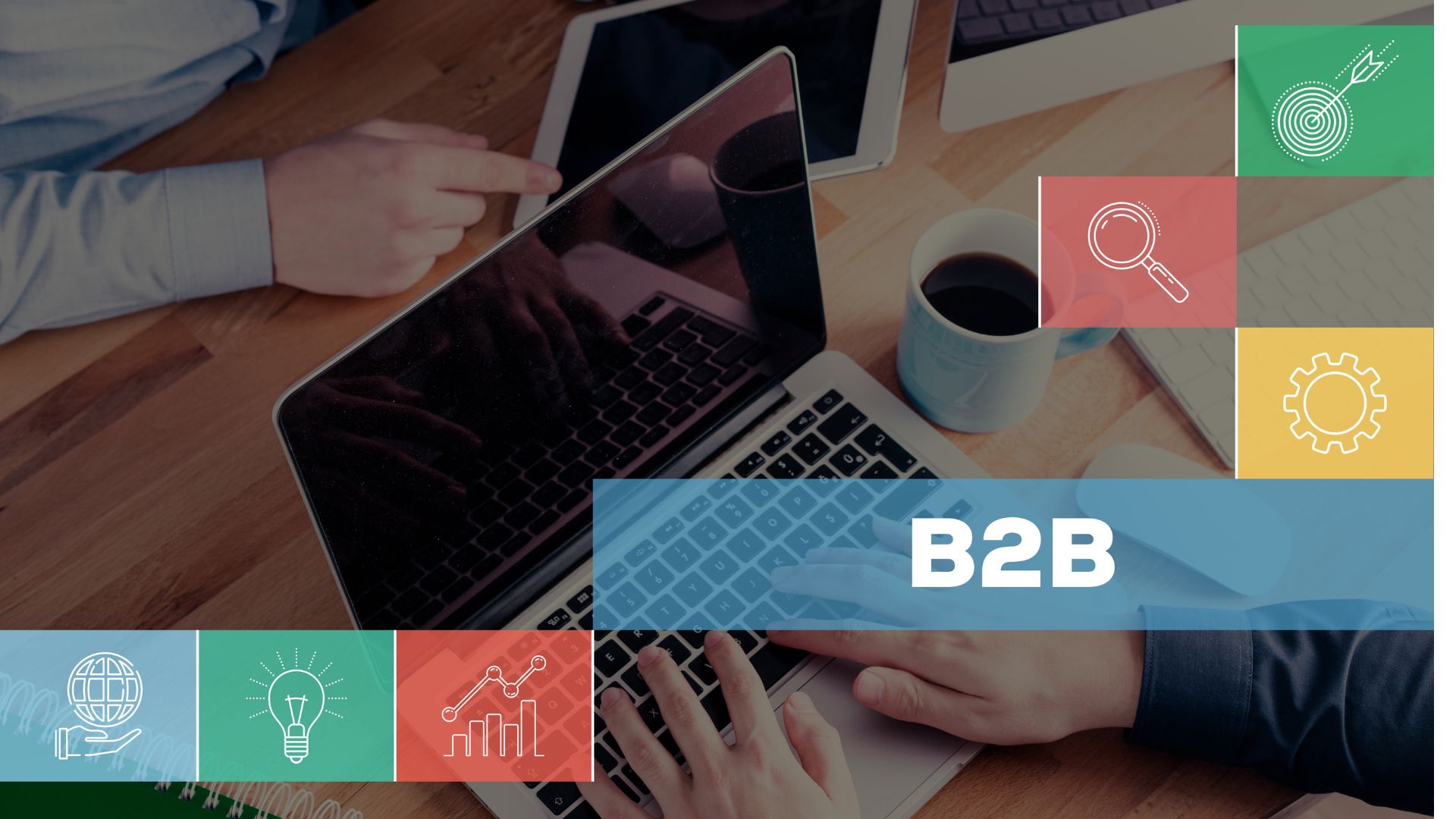The rise of legal AI: why it’s your next ally
In the legal world, more and more companies are delegating repetitive tasks to AI. Tasks such as reviewing contracts, validating clauses, tracking regulations… everything can be automated.
The key? Natural language processing (NLP) models. These systems understand, interpret, and generate text as a person would. But without tiredness, without forgetting details and without depending on volume.
This is a tool that is given to lawyers, so that their work is more strategic and less manual. They have greater control and much faster.
Smart contracts: from PDF to structured data
A contract is more than a document. It is a source of data. Dates, amounts, obligations, exceptions, conditions hidden in legal language.
Before, you needed to read line by line to understand the risks. Today, a system with NLP can extract and classify that information automatically.
You can train a model to identify cancellation clauses, exclusions of liability, expirations, or penalties.
Result? You have a clear view of the legal content of all your contracts, without reading them one by one. You can look for patterns, spot inconsistencies, and make decisions before problems appear.
You’re not scanning documents. You’re building a map of legal risk in real time.
Compliance validation: the case for regulatory compliance
Complying with the law is not optional. But in regulated sectors (finance, health, insurance, energy) complying with all the laws is always almost impossible if you only use people.
That’s where legal AI comes in.
With NLP models you can compare your internal documents with up-to-date legal frameworks. Do you have GDPR-compliant privacy policies? Do your contracts respect the clauses required by the CNMV? Are you including everything that the new sustainability regulations require?
Instead of manually reviewing each legal change, the system alerts you of what you need to review. It can even suggest compatible wording or alert you to outdated documents.
Automating compliance saves you time and also protects you before you have a problem.
Training a model to speak legally
The key to success is in the data. Not all NLP models are suitable for legal issues.
You need to work with specific language, sentences, real contracts, jurisprudence. Models such as legal GPT or BERT, trained on legal bases, allow us to understand complex concepts such as “nullity”, “defect of consent” or “tacit exclusivity”.
You can also train your own models with your own documents: your templates, your cases, your contracts. Thus, the system does not only understand legal language. Understand yours.
And that changes everything: you can create systems that draft contracts from scratch, tailored to your terms and style. All that in seconds, something that used to take days of exhaustive review.
You’re not buying a generic tool. You’re training a digital extension of your legal team.
Specific use cases for your business
If you are a consultancy, legal consultant or in-house legal team, you can start with high-impact but low-risk cases:
- Automatic extraction of key clauses in old contracts (expirations, renewals, exclusions)
- Automated drafting of contract templates, with variables that can be filled in according to customer, country or service
- Assisted review of legal documents for inconsistencies, repetitions, or errors
- Compare versions of legal documents to identify unauthorized changes
- Compliance alerts when a law that affects you is updated
The advantage? You can start small, test in a department, measure impact, and scale. Without redesigning your entire legal process.
Automating legal knowledge is one way
Artificial intelligence applied to law is an evolution. It is learning to look at legal documents as living data, which can be read, analyzed, and improved with the help of language models.
Each company has its own way of writing, negotiating, and understanding the rules. Therefore, there is no single way to apply NLP to the legal world. It has to be built on a case-by-case basis.
The interesting thing is not to replace tasks, but to transform the way we think about legal work. Make it more agile, more transparent, more connected to data.
This is a broad and constantly changing issue. Whether you’re working with complex contracts, regulations, or documents, legal AI is changing the way we understand legal language.
Continuing to explore, share what you have learned and think together is the best way to build useful solutions. Here, and in any other industry where words matter.




